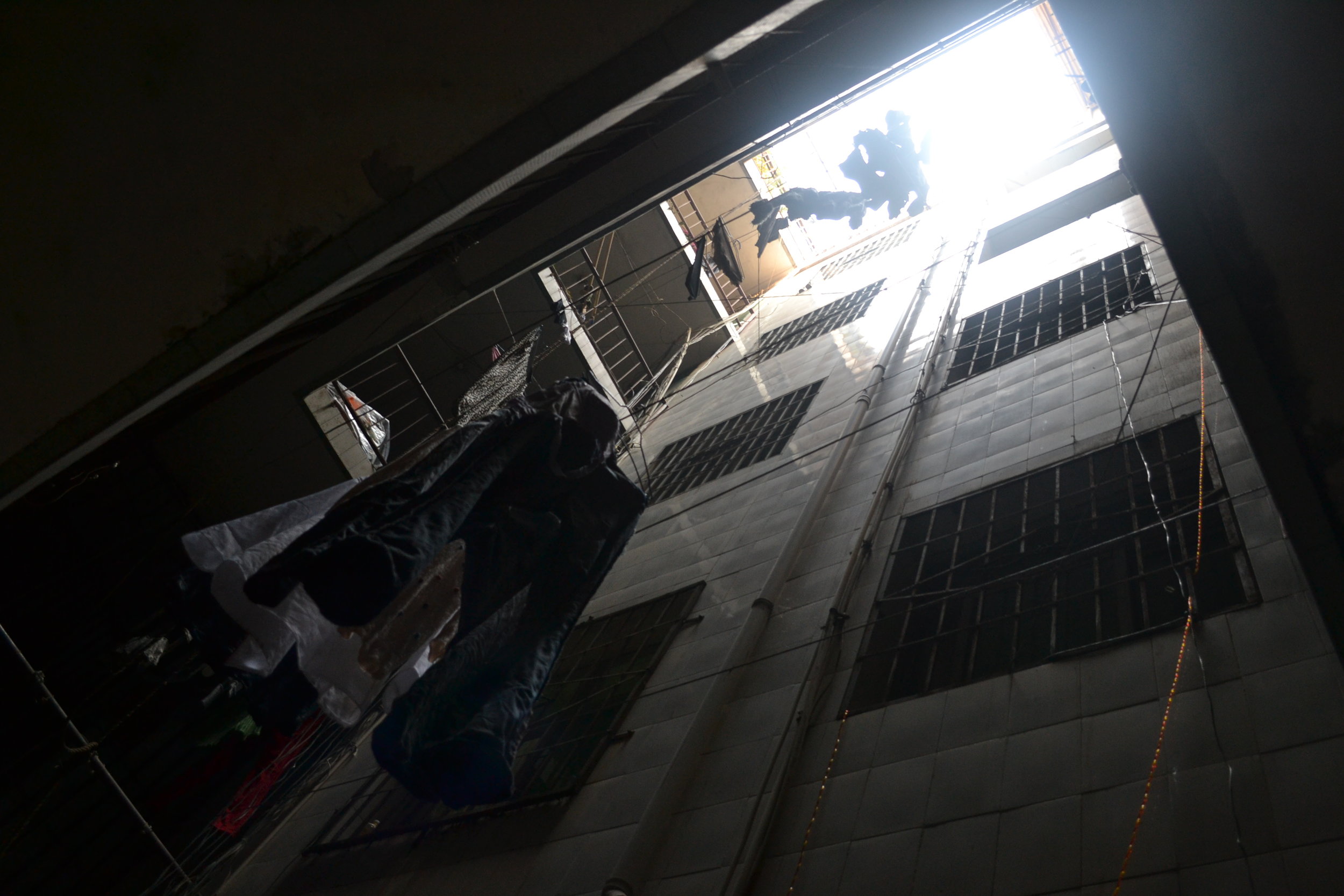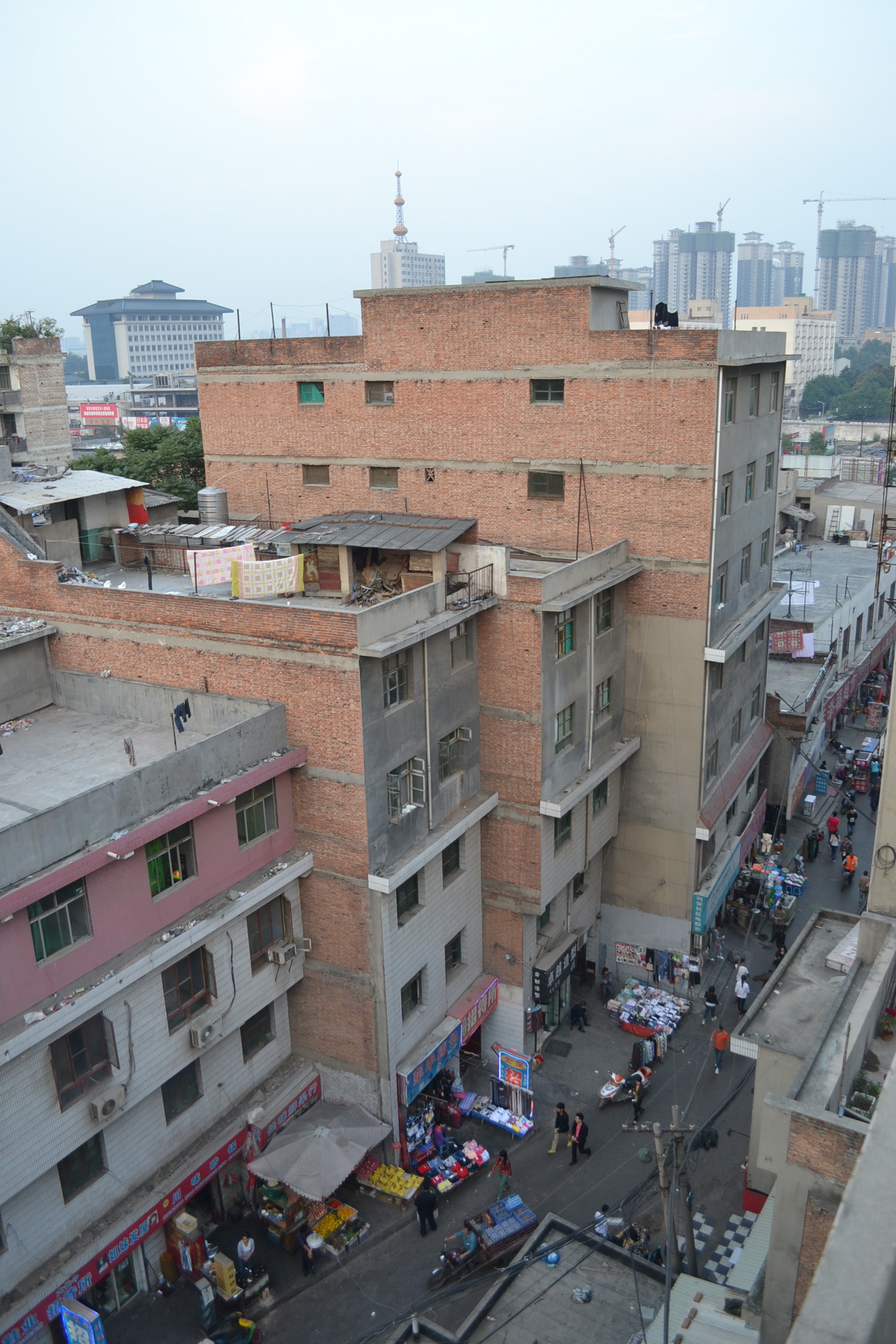The Last Days of Bali Village 八里村最后的日子
Entering Bali Village from the recently-opened subway station, I pass through a colorful Chinese-style arch that marks the village entrance into a small alley filled with vendors selling mala tang, massage parlors, and used book stores. Turning down another alley even narrower, wedged between the 8-story blocks that have sprouted haphazardly from the ground, I find what I’ve been looking for: a small traditional-style brick structure wedged hopelessly between the concrete walls of two apartment blocks: the only remaining shrine of the village. Like other Chinese cities, Xi'an is home to many so-called "urban villages". These communities are generally the remnants of villages that have been swallowed up as cities expanded into the countryside over the last 30 years of China's breakneck economic growth.
Xi'an's Bali Village is one of the more well-known in the city. Named for it's distance 8 li from the south gate of the old city, the village now lies on the city's main north-south boulevard, Chang'an Road. A tiny pocket of informality amidst the rigid danwei-system of urban planning that characterizes the rest of the city, Bali village is home to over 60,000 residents, the majority migrant workers from outside Xi'an. Dormitories and cheap guest houses are home to workers who are priced out of most other parts of the city.
The following photos were taken in November and December of 2012, after the east side of the village was demolished. The remaining western section is slated for imminent demolition, although the residents do not know exactly when that day will come. The demolition of the village is part of a larger city plan for "renovating" these urban villages, which involves relocating most of the residents into specially-built housing in other parts of the city.
These "villages" survived in part because of the legal discrepancy between urban and rural land titles. Villages are still "collectively-owned", and residents' hukou are classed as rural, despite the fact that they now live in the middle of a city of 6 million people that enveloped their village. This made it easier for cities to leave the villages themselves as farmland around them was taken for urban development. Most of the original residents (only 3,000 out of a total population of 60,000) according to a village public security chief, can make a decent living renting units out to migrant workers.
Many long-term residents say that the location is convenient but they are not sad to move.
“I’m bored of this place,” says Mr. Duan, the shrine-manager’s son. “It’s loud, the character of the people is not good. The economy here is good but spiritually, it’s deficient.”
He says that while most of the original residents will be offered relocation units in nearby apartments, those living without formal title and without urban residence status will have to find other housing on their own.
“Still,” he continues, “the best thing about this place is that it gives people from the outside a cheap place to live so they can save money. The workers make a big contribution to development.”







